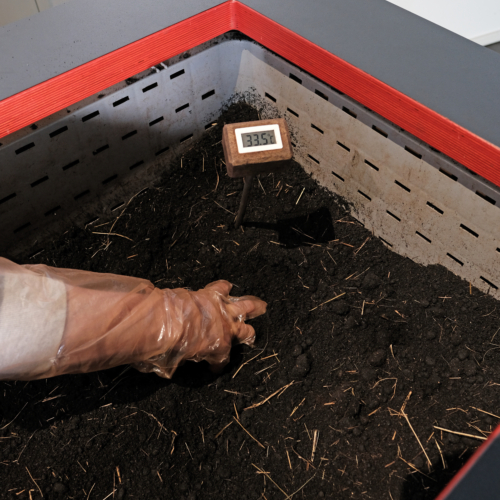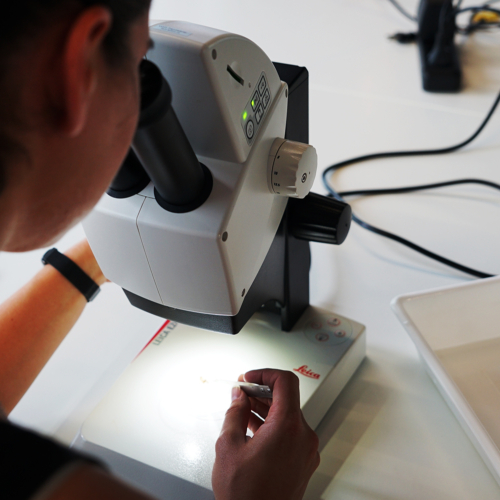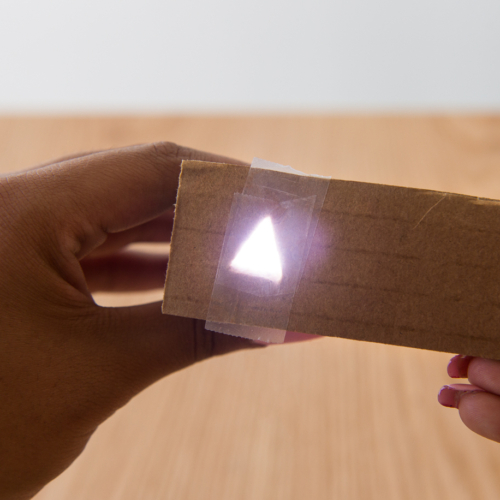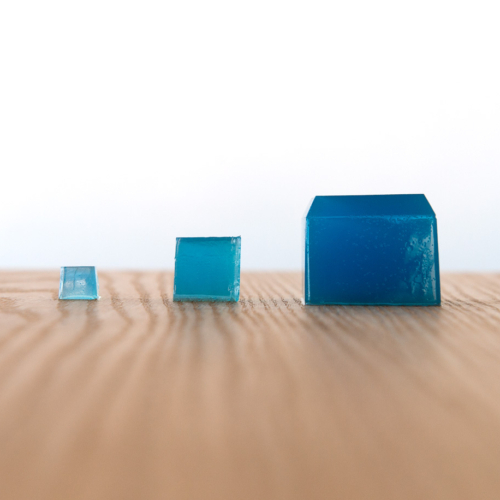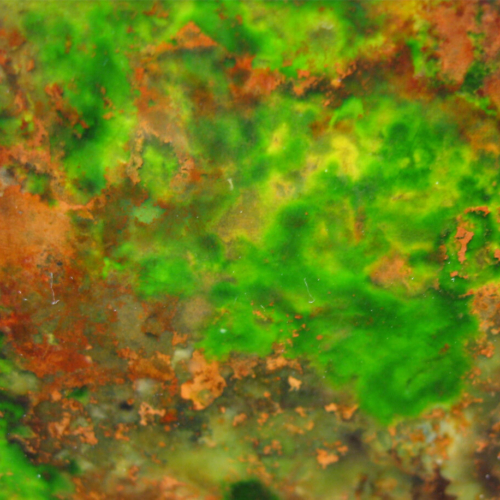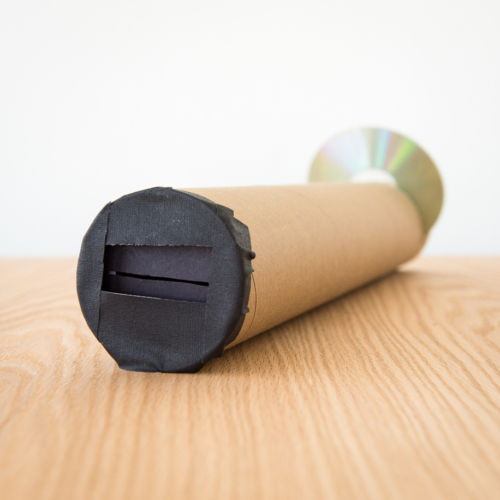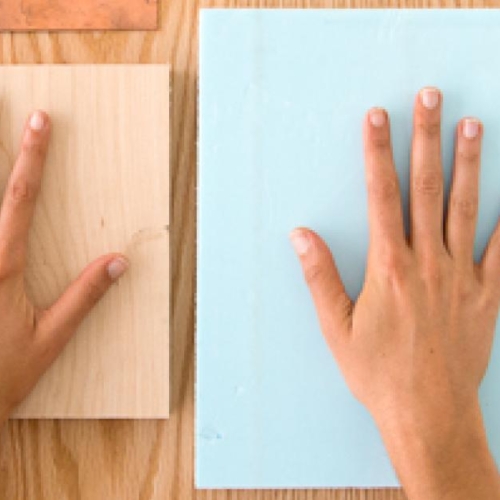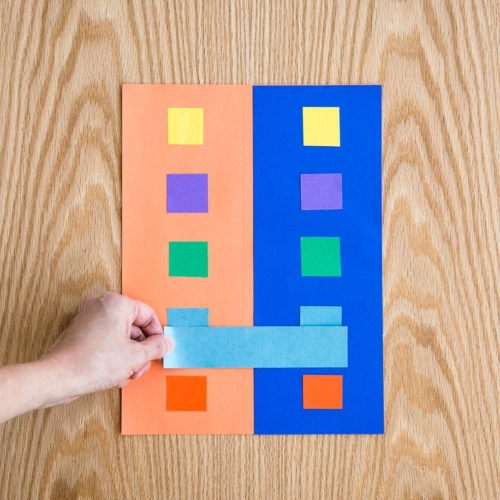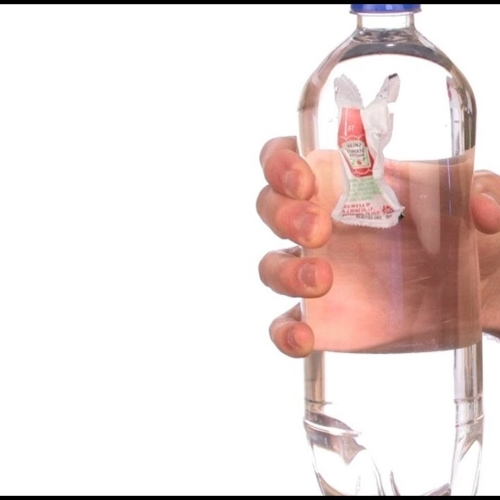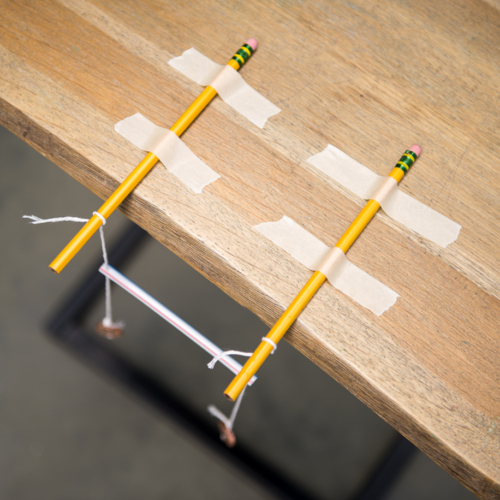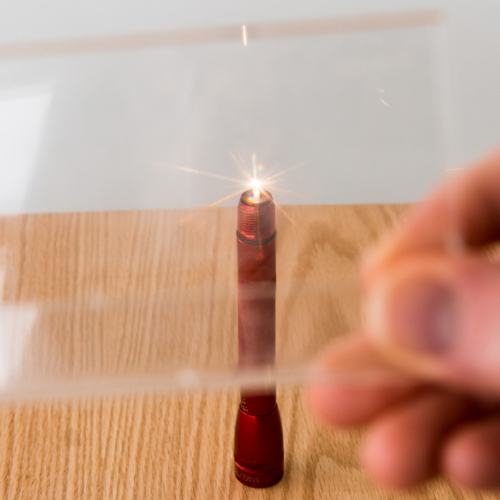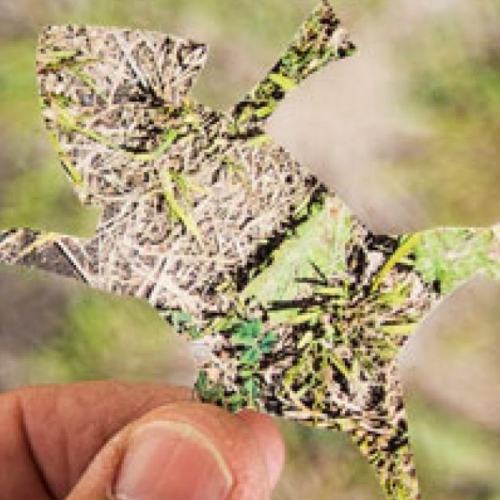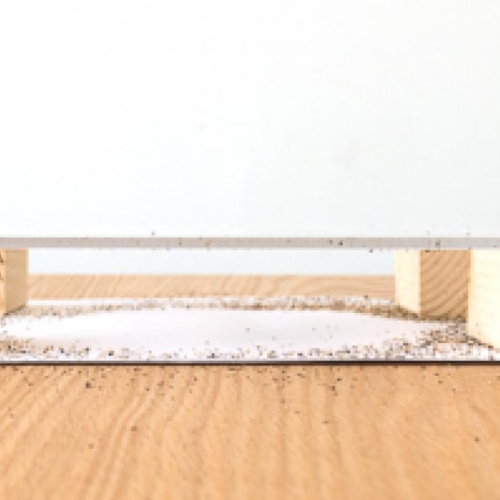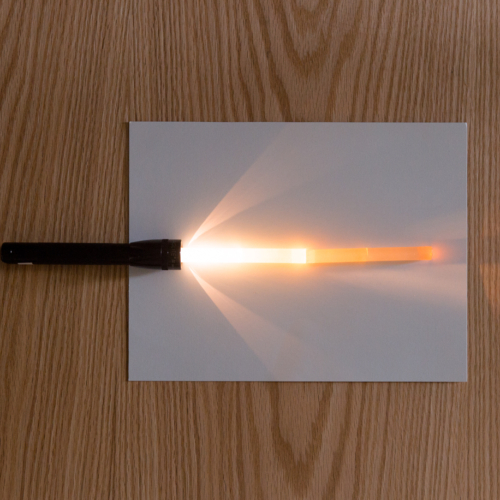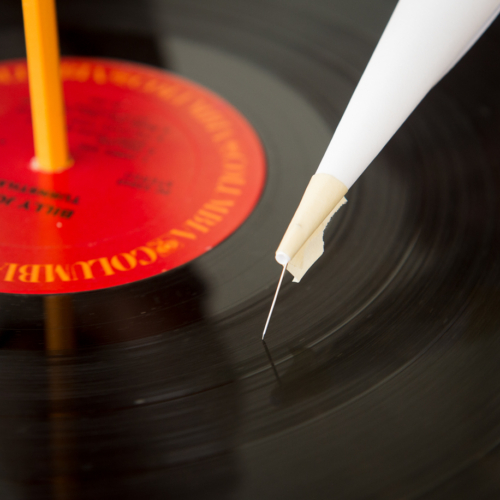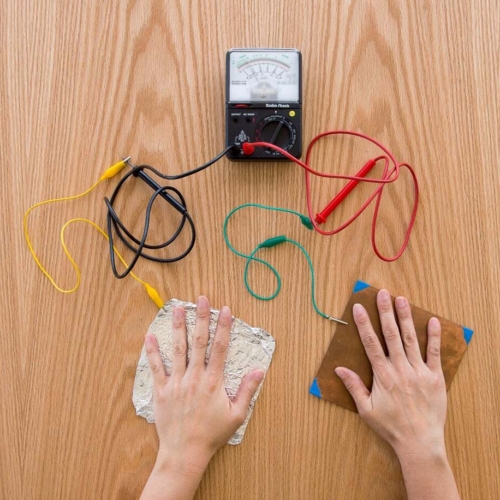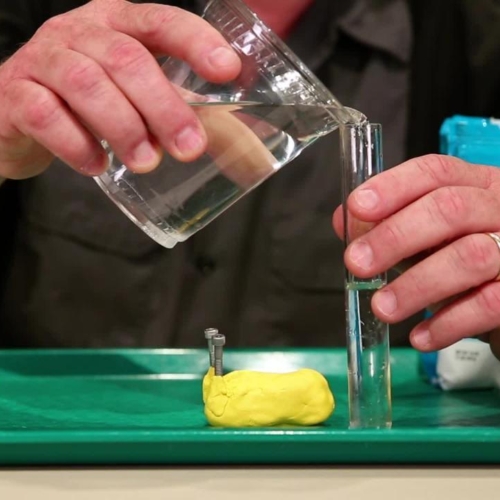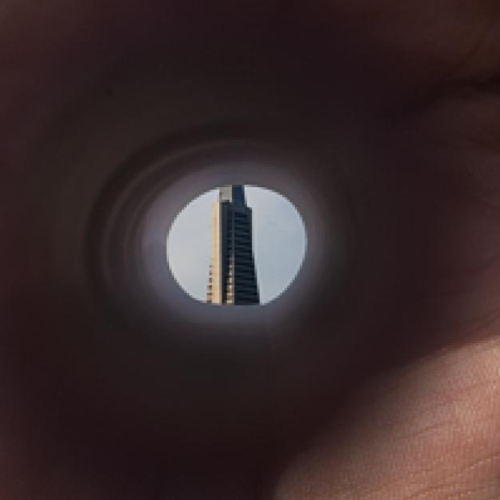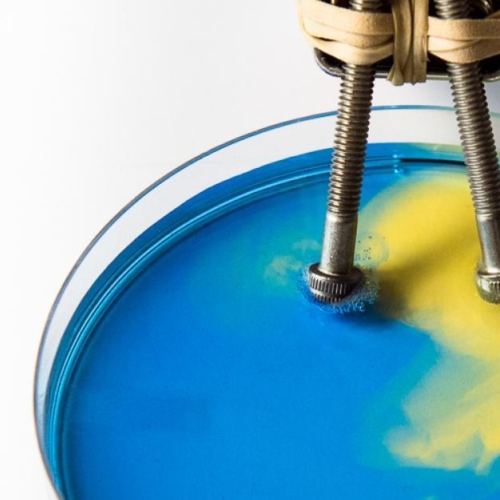Tiny Hot Pile
Microbial decomposers heat things up.
No yard? No problem. Make a mini indoor compost pile, and look for evidence of microbial metabolism.


- Styrofoam cooler, with lid, measuring between 6 and 12 inches (15 and 30 centimeters) in length and width on the inside (a container with a smaller internal measurement might not work)
- Compost, preferably from an active pile, enough to fill the cooler about halfway
- Coffee grounds, same volume as compost (local coffee shops will often save grounds for you; be sure to remove any filters before use)
- Water
- Large spoon
- Tray with a rim, large enough to hold the cooler (not shown)
- Thermometer (preferably a probe thermometer, but a regular glass thermometer will work)
- Optional: other types of soil or sand, shredded paper, leftover food scraps, pressure cooker, sugar
- Put equal amounts of compost and coffee grounds in the cooler, filling it about two-thirds full. Add water and mix with the spoon until the mixture is moist to touch, but not soggy enough to leak water when you hold a clump in your hand.
- Put the thermometer deep into the mixture, and make a note of the starting temperature. (If you have a probe thermometer, you can leave it in for the duration of the experiment.)
- Put the lid on the cooler, put the cooler on the tray, and leave the setup undisturbed for 24 hours.
After about 24 hours have passed, remove the lid and feel the compost/coffee mixture with your hand. What do you notice? Take the temperature of the mixture. Compare the temperature of the mixture to the ambient (room) temperature, and to the initial temperature you recorded.
Check the temperature of the mixture every day for a week. What happens?
If you notice that the temperature goes down over the course of the week, stir the mixture a bit to aerate it, and replace the lid. Check the temperature again after 24 hours.
Compost is full of organisms (bacteria, fungi, worms, and other invertebrates) that break down, or decompose, the complex carbon and nitrogen compounds in dead plant and animal matter. The process of decomposition releases energy, some of which is used by the decomposers, and some of which takes the form of heat.
Coffee grounds are excellent food for decomposers, so when you mix compost with coffee, you’re providing a meal for the microorganisms living in the compost. Over time, you should notice that the temperature of the compost-and-coffee mixture increases—an increase that you should be able to feel with your hand.
Decomposition in your compost pile requires oxygen, water, and a food source. These are the very same things that you—an animal—require to live. And just like the compost pile, your animal self generates a fair amount of heat.
The metabolic process that produces energy by breaking down the carbohydrates, or sugars, in food is called cellular respiration. Cellular respiration is fundamentally similar among animals, plants, and many microorganisms. However, the cellular respiration happening in your tiny “hot pile” involves the breakdown of cellulose—an additional step that doesn’t happen in animals like yourself.
Cellulose, commonly known as fiber, is one of the major forms of carbohydrates made by plants. Microorganisms in the compost pile (and in the guts of many animals, including cows and goats) have enzymes that can break down cellulose into its component sugars, which can then be used for cellular respiration.
Eventually, your mini compost pile will cool down as the microorganisms run out of food, water, or oxygen. You can try to revive it by adding more coffee for food, moistening it if it’s dry, and aerating it by stirring to add oxygen.
Your tiny compost pile shouldn’t smell bad. If it does start to smell, you’re most likely observing anaerobic respiration, a different type of respiration carried out by microorganisms that don’t require oxygen. These microorganisms are as bad for you as they smell, so you should dispose of a stinky hot pile immediately.
Where compost is concerned, size matters. A large compost pile of the size usually kept outdoors will generate and retain much more heat than your little one. Similarly, a too-tiny compost pile (the result of using a cooler smaller than the recommended size) may not even generate enough heat for you to measure. However, the processes happening in a compost pile are happening in almost every soil, everywhere on the planet—they’re just happening more slowly, and at lower levels.
